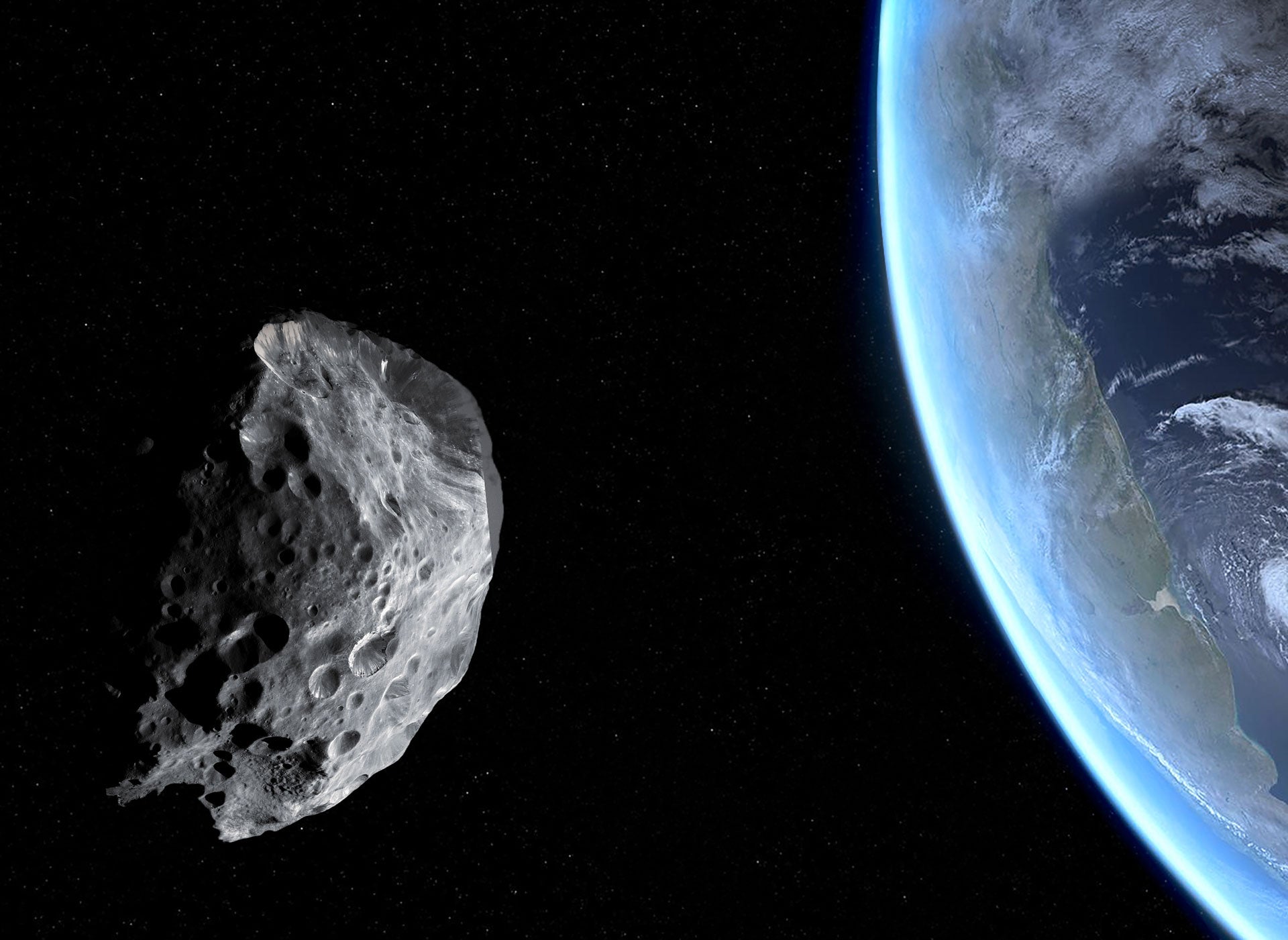
Sunday 30 June marks Asteroid Day – the UN-sanctioned international day to raise awareness of asteroids and accelerate asteroid discovery programmes. Launched in 2014, the annual event takes place on the anniversary of the Tunguska event, the largest asteroid impact in recent history.
On the 30th June 1908, local residents described seeing a huge fireball hit a remote forest in Siberia, near the Podkamennaya Tunguska river, decimating about 800 square miles of land. To put that into perspective, Greater London covers around 600 square miles.

Access deeper industry intelligence
Experience unmatched clarity with a single platform that combines unique data, AI, and human expertise.
This event is believed to have been caused by an incoming asteroid, which exploded in the atmosphere instead of hitting Earth – causing what is known as an air burst 3-6 miles above the surface of the Earth. Researchers have estimated that a Tunguska-level “city-killer” asteroid like that hits the earth every 500 years or so. While the risk of a life-threatening asteroid event of that size happening today is pretty remote, it is vital that we have a plan in place to protect people whenever there is a threat.
Asteroid Day: Earth impact hazard
Each day, around 100 tons of asteroids hit the Earth. These asteroids are tiny and often appear as shooting stars at night, with the majority of them burning up in the atmosphere. Yet each year about two asteroids the size of a car hit the planet. And, every 10 years, an asteroid the size of a 2-bedroom house hits the Earth – with the potential to cause a lot of damage or at the very least, create a big impact crater.
In 2018 the National Science & Technology Council (NSTC) announced its “National Near-Earth Object Preparedness Strategy and Action Plan”. This report outlines the actions that can be taken to protect against – and to respond to – a Near-Earth Object (NEO) threatening to hit the Earth. It details NEO detection, tracking, modelling, prediction and even deflection of asteroids that pose a threat to humans.
Supercomputers – protecting against “Chelyabinsk” 2.0
The NASA Advanced Supercomputing facility at Ames Research Center in California is one of the organisations involved in this NSTC plan. The facility is home to Pleiades, one of the world’s most powerful supercomputers. It runs high-fidelity simulations of potential asteroid impacts covering a wide range of object sizes.

US Tariffs are shifting - will you react or anticipate?
Don’t let policy changes catch you off guard. Stay proactive with real-time data and expert analysis.
By GlobalDataWith these supercomputing facilities and specialised software, this Asteroid Threat Assessment Project (ATAP) can simulate possible asteroid impacts to help identify potential life-threatening events, build and maintain a catalogue of NEOs, and create a plan of attack in case an asteroid trajectory comes too close to Earth for comfort.
In February 2013, an asteroid crashed in the Russian city of Chelyabinsk. The resulting shock wave triggered a blast which damaged over 7,000 buildings (with some as far away as 58 miles) and injured over 1,400 people. Since then, researchers at NASA have been studying and simulating the event to better understand – and prepare for – when it might happen again. It’s estimated that a “Chelyabinsk” object hits the planet every 50 years and it is therefore very possible that another one will hit during our lifetime.
This research enables us to make more informed decisions about how best to protect humans from potentially life-threatening asteroid events. By running large-scale simulations of the Chelyabinsk asteroid event on Pleiades, the NASA team can quickly produce a lot of different scenarios. These detailed scenarios ensure the researchers can model the fluid flow that occurs when asteroids melt and vaporize as they break up in the Earth’s atmosphere.
High performance asteroid defence
NASA shares its asteroid research with scientists at universities, national laboratories and government agencies. The space research community can then develop assessment and response plans to look at damage to infrastructure, warning times, evacuations and other ways to protect lives and property.
Over the last few decades, technological advances have greatly improved our ability to observe events in space. Collectively, space research projects based on high performance computing technology and supercomputers running SUSE Linux – like Pleiades – are enabling scientific bodies to conduct research which can improve our knowledge of the universe and even protect the planet from the impact hazard posed by asteroids.
Asteroid Day is an opportunity for us to recognise the importance of this technology in furthering scientific causes and protecting the Earth. As astrophysicist Neil deGrasse Tyson once said: “I don’t want to be the embarrassment of the galaxy, to have had the power to deflect an asteroid, and then not, and end up going extinct. We’d be the laughing stock of the aliens of the cosmos if that were the case.”







